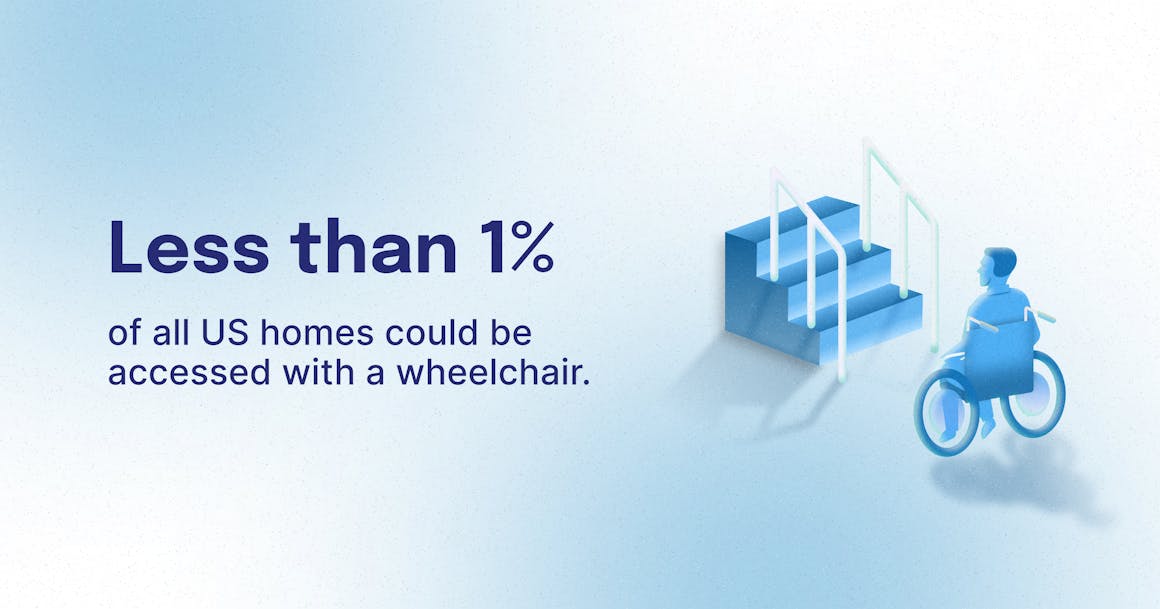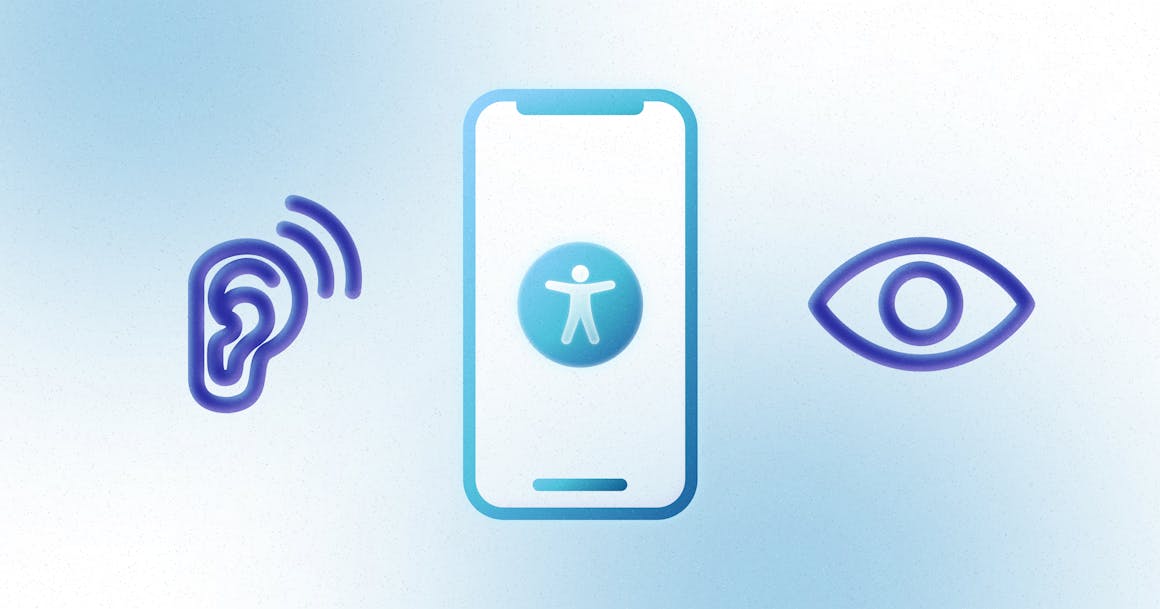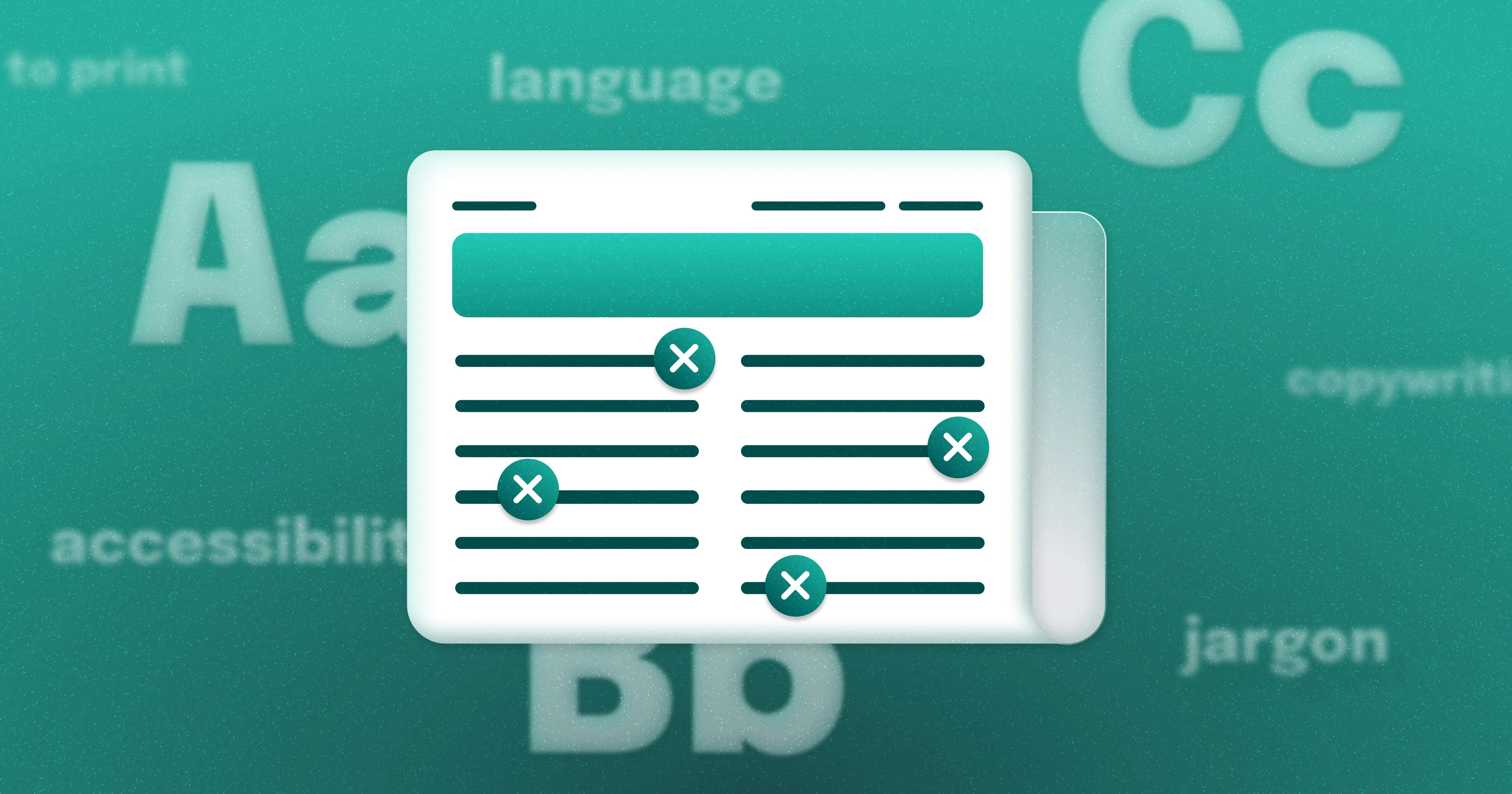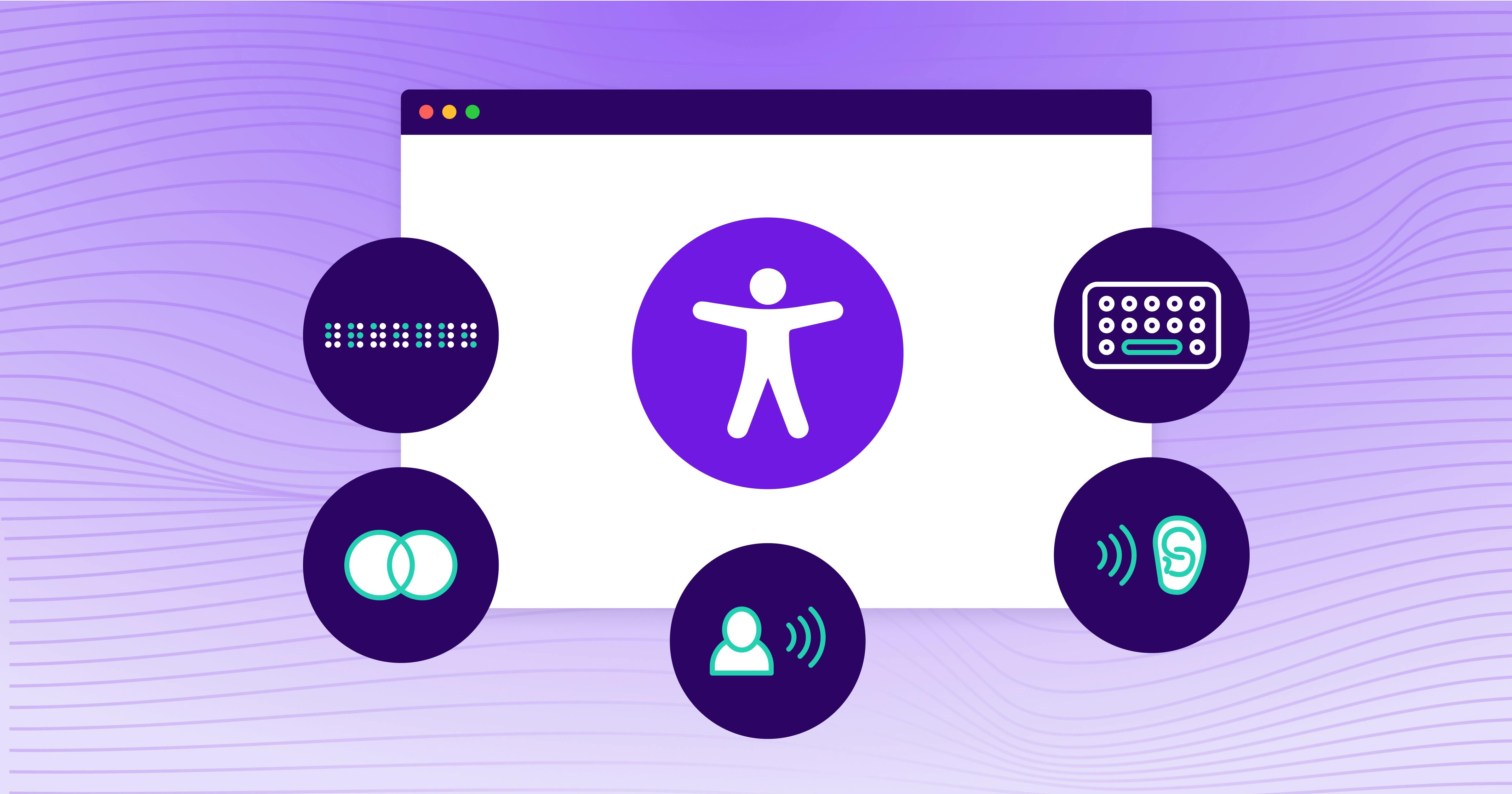The Experiences and Considerations of Traveling With a Disability


Ready to see AudioEye in action?
Watch Demo
In this post, A11iance Advocate Charles Hiser shares some of the accessibility challenges that people with disabilities face when traveling.
For people with disabilities, traveling can be fraught with complications. And the more variables involved — whether it’s using multiple modes of transportation or traveling to a country that speaks another language — the more that can go wrong.
In today’s world, technology allows us to solve more of these problems with a few taps of a screen. However, these devices don’t help much if a website or mobile app is inaccessible. Things like missing alt text or improperly labeled headings can make it difficult or impossible for people to accomplish key tasks on their mobile device. And in an unfamiliar environment, accessibility issues like this can derail a trip, break the bank, or even pose a safety risk.
In this post, I discuss some of the challenges� of traveling with a disability, from the perspective of people with mobility impairments, visual impairments, and hearing impairments:

Traveling With a Physical Disability
When the subject of traveling with a disability comes up, most people think about ramps and wider doors for those who use wheelchairs and other mobility devices.
In the United States, Title III of the Americans with Disabilities Act (ADA) requires public accommodations and commercial facilities to be accessible to people with disabilities. But what if someone wants to visit their family for the holidays? In 2015, less than one percent of all homes in the United States were wheelchair accessible — and less than five percent were suitable for people with moderate physical disabilities.
And unlike preparing for the family dinner, accommodations for wheelchair users cannot be bought at the grocery store. The cost of renovating a home to be wheelchair accessible can range from $2,000 to $60,000, depending on the area, necessary modifications, and available materials. Families are left either hosting family gatherings at an accessible restaurant or always going to the disabled person’s home. Of course, some people with disabilities see this as preferable to the uncertainty of a damaged chair — or the anxiety of being dehumanized by airport and flight staff.

Traveling With a Hearing Impairment
Everyone has their own anxieties surrounding travel. However, people with hearing impairments can face unique social and safety challenges.
Although train stations and airports tend to have informational displays, parts of the onboarding process can be a struggle. For example, TSA checkpoints can increase travel time — even though the TSA recommends informing the officer on duty and allows people to leave hearing aids or cochlear implants in place during the screening.
Once inside, there’s always the risk of missing a boarding call due to the announcement being made audibly. The National Association of the Deaf also references people being unaware of gate changes, which can leave them stranded, or landing in an unexpected location due to the plane being diverted in midair and the announcement only being made over the plane’s PA system.
Mobile technologies offer communication alternatives, but these are not always ideal — especially during emergencies. Fortunately, the Department of Transportation provides ongoing training to help staff be aware of the needs of disabled customers and be proactive in addressing those needs.
Traveling With a Visual Impairment
Blind people regularly travel independently to new cities and, like many others, rely heavily on their mobile devices. As the technology improves, people with visual impairments use screen readers and magnification software to use rideshare services, look up directions, browse online menus, and more.
If any of these services are not built with accessibility in mind, people with visual impairments may find themselves in an unfamiliar city without easy access to transportation, directions, or even food options that fit their dietary needs.

Where Is Disabled Travel Headed?
According to WebAIM’s 2022 report on the accessibility of the top one million websites, 97% of the internet is still inaccessible. Many accessibility issues directly impact the functionality of assistive software — especially on mobile devices. As the number of disabled people using these technologies grows, so does the need for increased awareness and conscious design practices to include assistive technology.
By adopting a person-first approach to disability, many of these stumbling blocks can be improved upon. While a disability can require thoughtful planning, specific building practices — in the physical and digital worlds — can help alleviate some of the challenges people with disabilities face while traveling.
Ready to see AudioEye in action?
Watch Demo
Ready to test your website for accessibility?
Share post
Topics:
Keep Reading

Newsletter Best Practices for Screen Reader Use
Newsletters are a common tool used in marketing teams. Discover how to make these content types more accessible for individuals with disabilities from AudioEye A11iance Member Jessica Phillips.
community
March 27, 2025

Types of Assistive Technology Tools
Learn about the different assistive technologies that people with disabilities use to browse your website and how you can increase compatibility with them.
community
February 08, 2025

What It’s Like to Shop Online When You’re Blind
Online shopping is often frustrating and inaccessible for blind users, but accessibility fosters confidence and loyalty.
community
January 21, 2025
